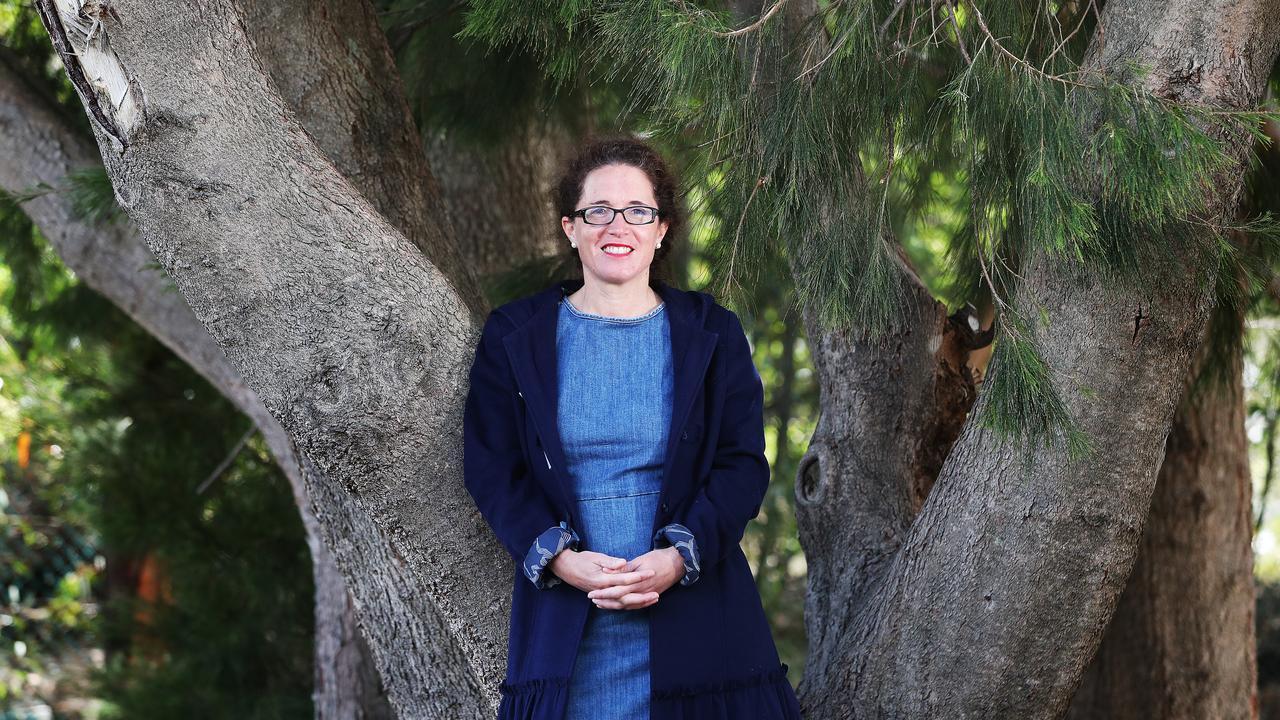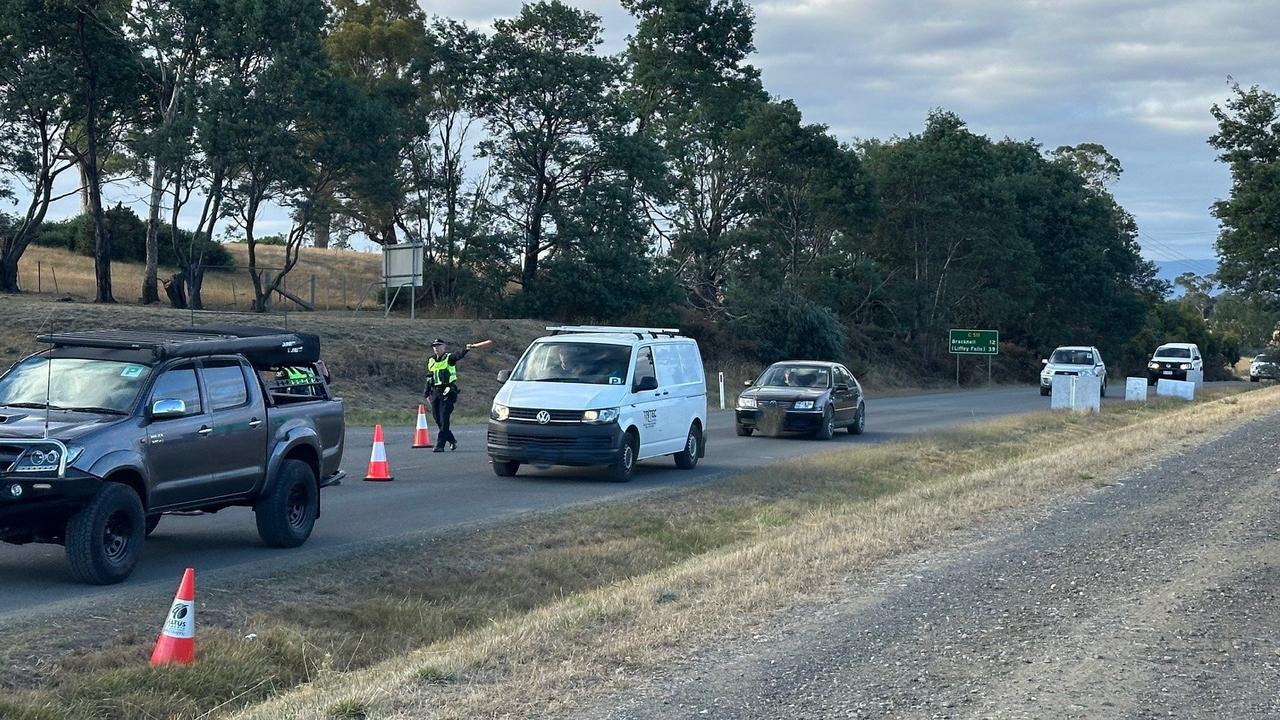Why it is “crucial” numbers of seastars don’t explode after a tonne removed from Derwent
Over a tonne of this highly invasive pest has been removed and destroyed from Hobart’s waters, but volunteers warn their numbers haven’t declined. Find out why.
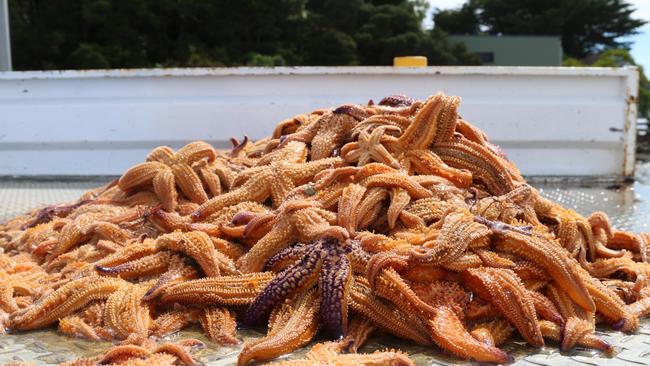
Tasmania
Don't miss out on the headlines from Tasmania. Followed categories will be added to My News.
Despite more than 200,000 individuals of this invasive sea star having been collected and destroyed in the Derwent, population numbers are not on the decline.
“We are not making an impact as far as numbers,” Keith Thomas-Wurth said.
“The numbers are not reducing, we are keeping them under control, but we are not reducing them.”
The highly invasive Northern Pacific seastar or asterias amurensis was introduced to Tasmania in 1986 from ballast water on Japanese ships.
The introduced pest wreaks havoc on ocean life including endangered native animals and each female star is capable of carrying up to 10 million eggs.
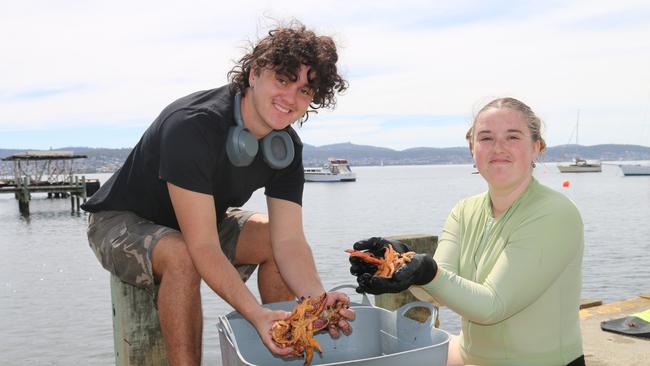
Lilly Amos is a tour guide at Seahorse World in Beauty Point, which is the only place in the world with a public facing display of one of the rarest fish- the red handfish.
She travelled from George Town to join a group of volunteer divers, snorkellers and land helpers collecting seastars in the cold Derwent water on Sunday with the Invasive Seastar Clean Up, Tasmania group.
The group was created by Benita Vincent and over 65 clean-ups has collected and destroyed more than a tonne or 200,000 seastars over the years.
Ms Amos said the seastar impacts the critically endangered handfish because it destroys the plant life that the endemic species relies on as a food source.
“So in minimising the seastar population we can help protect the habitat for the handfish, which are critically endangered,” she said.
Mr Thomas-Wurth said people that come along to the clean-ups all have an interest in looking after the environment.
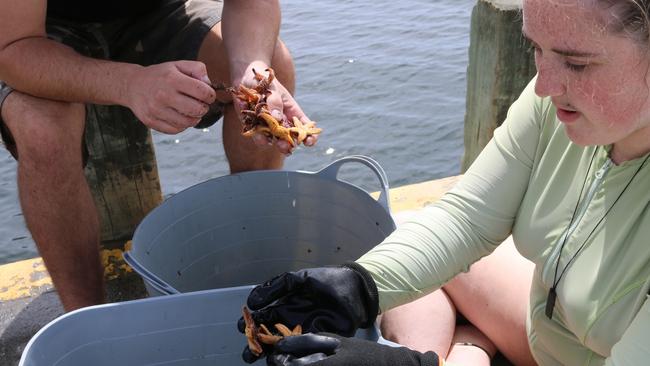
“Even a tiny little fish like the handfish is crucially important to them,” he said.
“It’s under threat, it’s an endangered species and these critters aren’t helping, they are destroying their habitat.
He said the group was trying to keep an area clear for the handfish to “breathe”.
The handfish lay their eggs on the stem of an invertebrate called sea tulip.
“The seastars come along and eat the sea tulips, so the handfish haven’t got anywhere to lay their eggs so they don’t breed,” Mr Thomas-Wurth said.
On Sunday, a large group of volunteers from Hobart, George Town and even Norway were in the water around the Battery Point jetty collecting and sorting the seastars with 19 snorkellers, five scuba divers and 11 land helpers removing 4533 seastars for a weight of 140 Kg.
Some lucky divers even spotted the elusive handfish in its natural habitat while searching for stars.
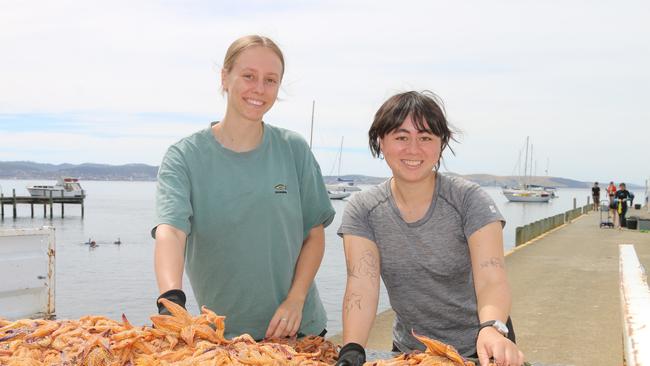
Land helpers retrieved bags of seastars from snorkellers and divers in the waters.
They then sort out the native species and return them to their habitat while the seastars are euthanased in freshwater before being taken to the tip.
The group meets frequently to undertake official clean-ups under a collecting permit- for information on how to join the next clean-up, please visit the group’s Facebook page- Invasive Seastar Clean Up, Tasmania.




